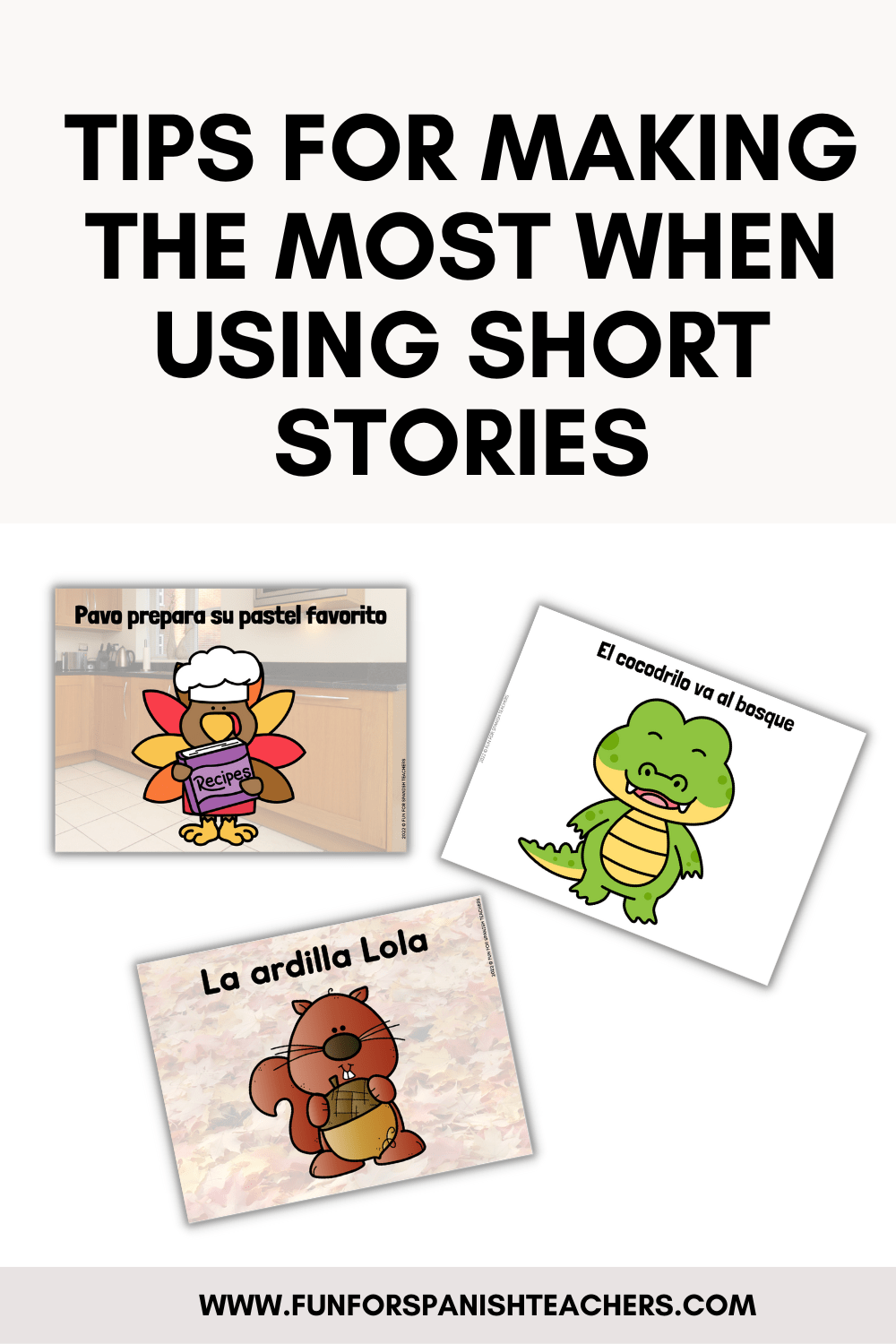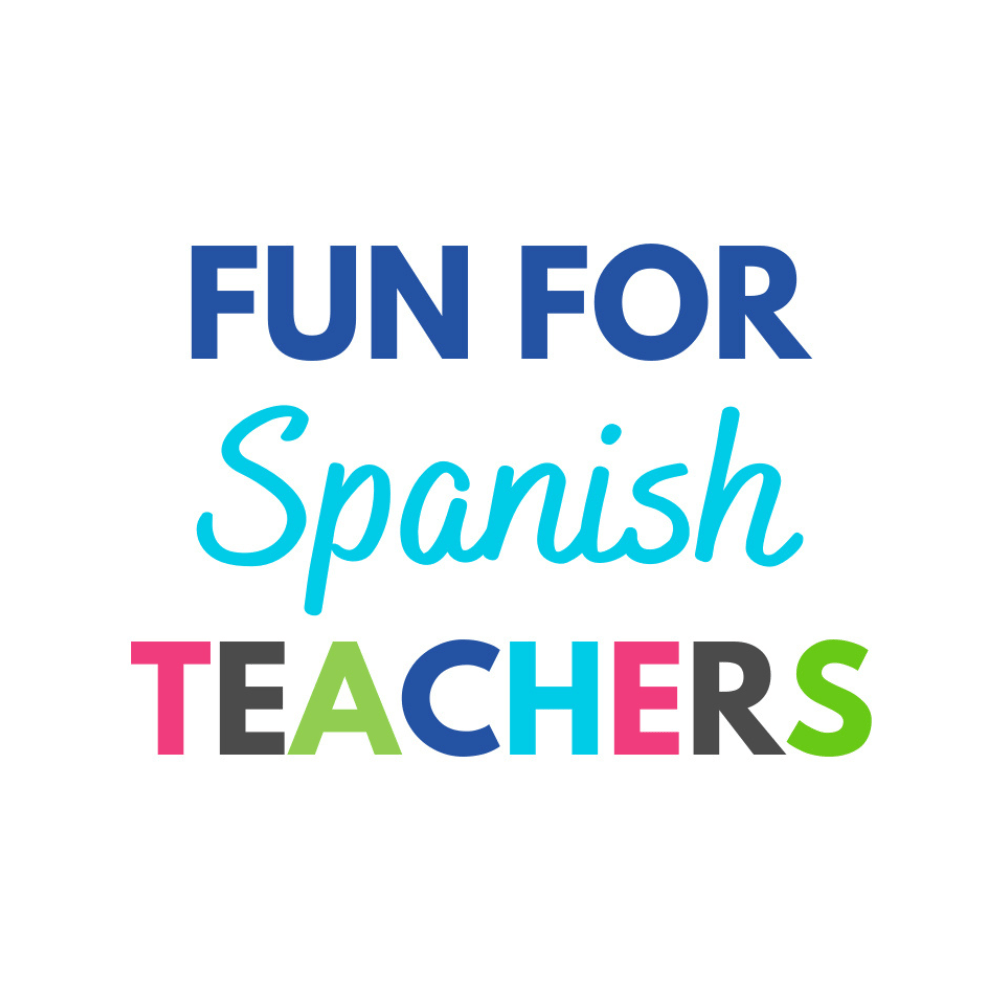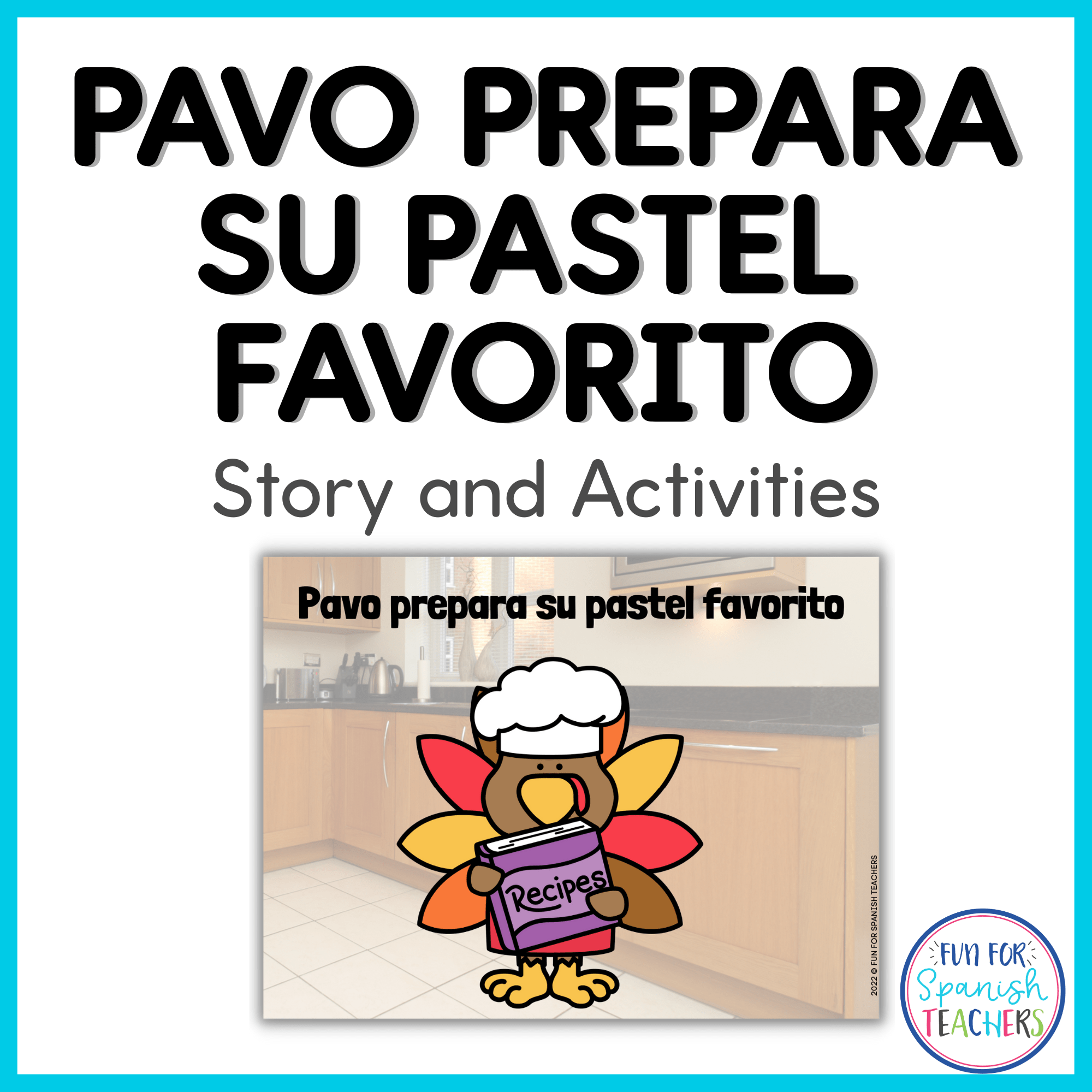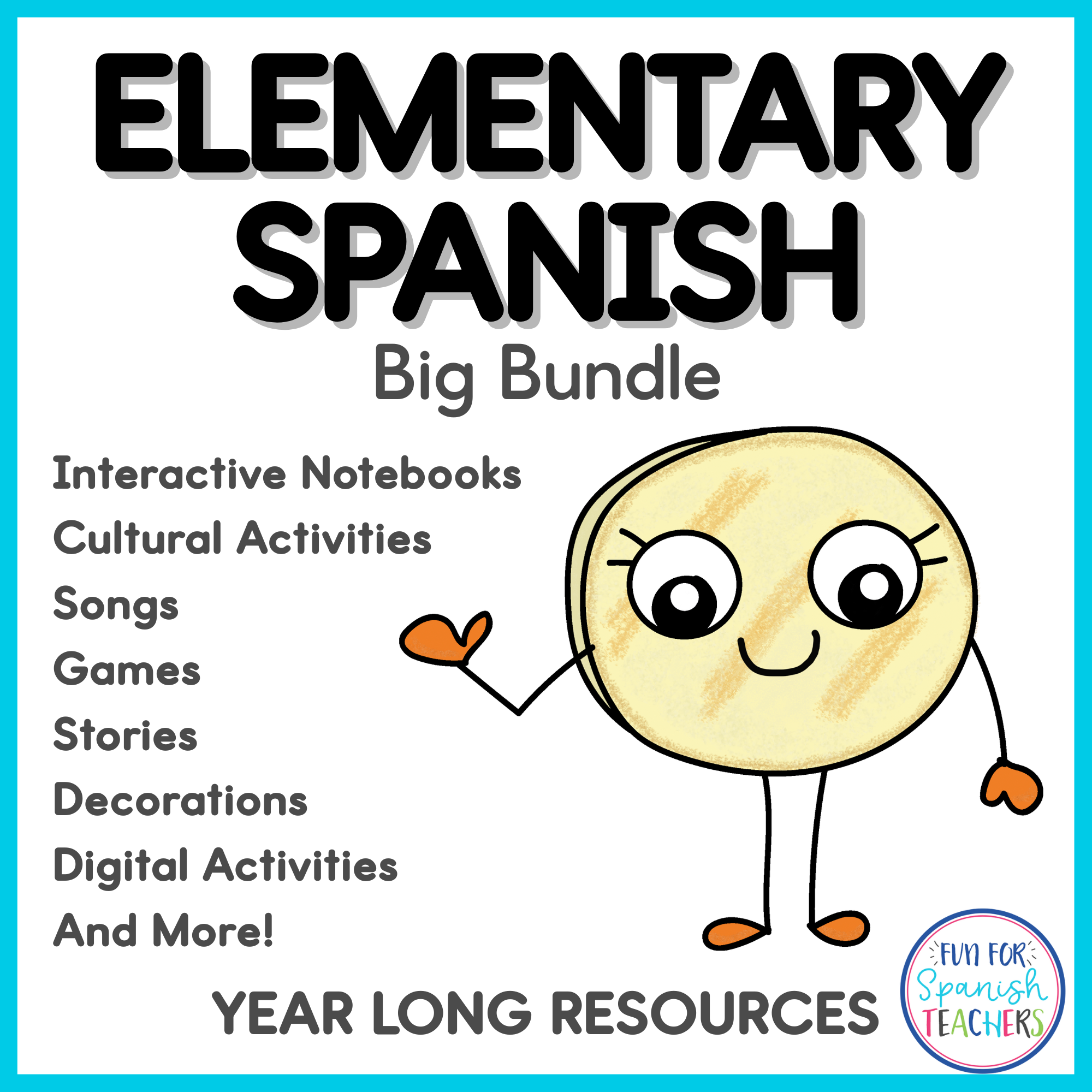Picture Talk
Choose some pictures or illustrations from the story and discuss them with your students. Ask questions about what they see. For example, inquire about the type of animal depicted, whether it’s a cat or a turkey, its color, the sounds it makes, and its current location in the story.

Use TPR (Total Physical Response)
Identify key vocabulary words in the story. This can be done before or after reading. Create flashcards, use gestures, or provide simple definitions to help students understand and remember new words. Introduce interactive games such as the freeze dance game, where you play music, students dance or move around the room, and when the music stops, you call out a word, prompting students to perform the corresponding gesture. Alternatively, engage them in a game of charades!

Act It Out
Allow students to act out parts of the story through role-playing or dramatization. This not only reinforces comprehension but is also excellent for repetition. Another option is to provide your students with props to act out the story.

Drawings
Ask students to draw their favorite parts and use their pictures to retell the stories. You can also encourage them to complete drawings related to the stories and use these as conversation starters.

Play Games
You can look for games that support the story. For example, in the story “Pavo prepara su pastel”, my students and I love playing the hot-cold game with a soft toy turkey.
How do we play the game? One student leaves the room, and we hide the turkey somewhere in the room. Then, the student returns to the room, and we help them find the turkey by saying “frío”when they are far away, “tibio” when getting closer, and “caliente” when the student is next to it.

Read the Story Again Changing Your Voice
Use different tones and pitches to portray different characters in the story. This adds excitement and helps maintain the children’s interest. Additionally, ask your students to choose an emotion for you to incorporate while reading the story, such as happy, sad, or crying.

Add More Extension Activities
Encourage students to write or create their own endings, or craft simple projects related to the story. If possible, provide your students with mini-books containing versions of the stories that they can take home and share with their families!

Like it? Pin it!

You might like these resources available on Teachers Pay Teachers:






